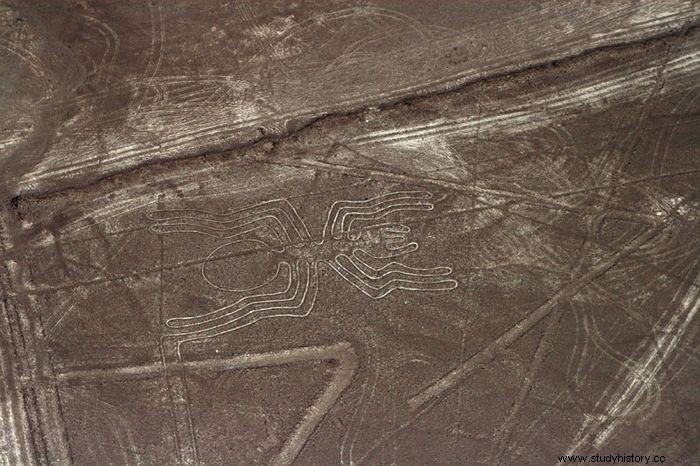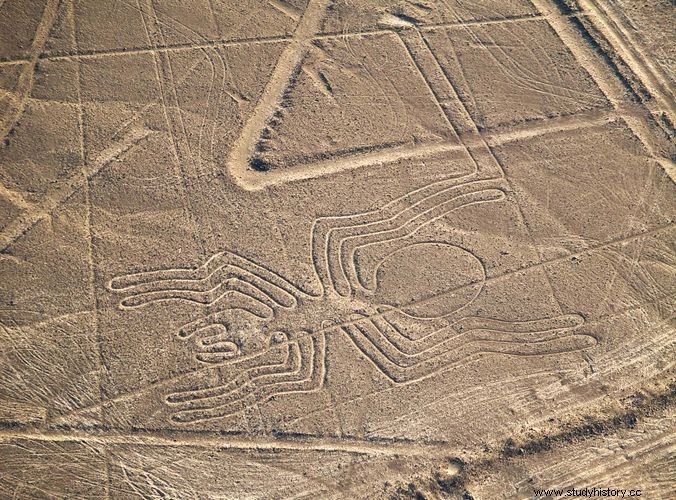Nazca Lines , Nazca also spelled Nasca , groups of geoglyphs, large line drawings, drawn from afar into the surface of the arid Pampa Colorada ("Colored Plain" or "Red Plain") engraved northwest of the city appear to be by Nazca to the south Peru . They cover an area of almost 500 square kilometers.
 Britannica Quiz National Parks and Landmarks Quiz Whether you want to visit Yosemite, the Eiffel Tower or the Taj Mahal, national parks and attractions welcome millions of visitors each year. Take this quiz to see how much you know - and learn lots of fascinating facts and stories!
Britannica Quiz National Parks and Landmarks Quiz Whether you want to visit Yosemite, the Eiffel Tower or the Taj Mahal, national parks and attractions welcome millions of visitors each year. Take this quiz to see how much you know - and learn lots of fascinating facts and stories! Most of the Nazca Lines were built more than 2000 years ago by the people of Nasca - culture ( c. 200 vdZ -600 ce ), although some clearly predate the Nazca and are considered to be the work of the earlier Paracas Culture . While the images dated to the Paracas are often humanoid and bear resemblance to even earlier petroglyphs in the region, the motifs of the lines made by Nazca are generally plant and animal - like a monkey (about 110 meters long) ), a killer whale (65 meters), a bird resembling a condor (135 meters), a hummingbird (50 meters), a pelican (285 meters), a spider (46 meters) and various flowers, trees and other plants and geometric shapes including triangles, trapezoids and spirals. Although the figures have been said to be virtually indecipherable from the ground, some claim that one cannot understand their meaning without walking what some now consider sacred paths.

The lines have been interpreted in different ways since their discovery in the 1920s, but their meaning remains largely mysterious. In 1941, the American historian Paul Kosok observed the lines of an airplane and hypothesized that they were drawn for astronomical purposes. María Reiche, a German translator who spent years studying the site and campaigning for its preservation, also concluded that it is a giant astronomical calendar and that some of her animal sketches were modeled after groupings of stars in the night sky. In 1967, however, the American astrophysicist Gerald Hawkins found no correlation between changes in the celestial bodies and the design of the Nazca Lines.

In 1997, an international team of archaeologists, geographers, archaeometrists and others founded the Nasca Palpa Project to study the Nazca Document and analyze lines and a number of similar figures near the town of Palpa. The assumption of this group is that the platforms present at one end of many images reveal their ceremonial processional character. Along with the presence of thorny oyster fragments ( Spondylus ) on an excavated platform interpret this evidence indicating water-related religious ceremonies - not unlikely in this desert region.
The Nazca Lines are naturally preserved by the region's arid climate and by winds blowing sand from their grooves sweep. UNESCO added the Nazca site to theirs World Heritage List 1994.



